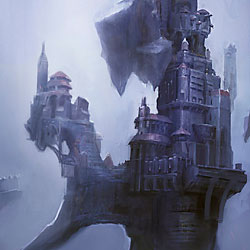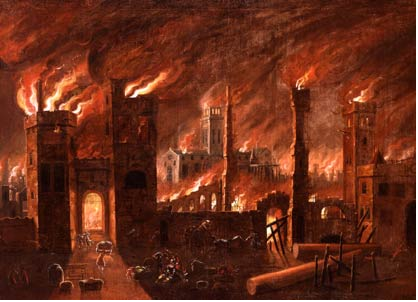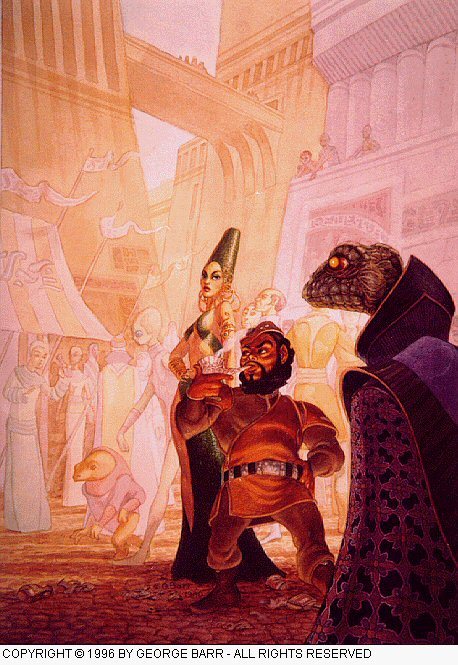If you are designing a game with a GM-like role...
1. Start with AW, but with no PC moves. Just the MC stuff.
2. Alter MC Agendas/Principles/AlwaysSays/MCMoves to reflect the style of play you have in mind.
3. Recognise that this is a completely functional game. Consider playing it. Maybe the game is done now.
4. Distill categories of player actions into principled freeform moves ("when you do x, it turns out like y"), no dice and no mechanics, just descriptions ("when you inflict violence, it's messy, complicated, and unproductive").
5. Recognise that this is a completely functional game. Consider playing it. Maybe the game is done now.
6. Begin turning principled freeform moves into other types of moves if the moves are not fully satisfying. Probably only do this a few moves at a time so that you can...
7. Test the moves in small batches by continuing to actually play the game. Sometimes one new move may render previously "finished" moves to be less perfect. Game design is hard. But the simpler and fewer your moves are (and the better thought-out they are) the easier it is to avoid these kinds of upsets. Sometimes it's necessary to shake the foundation, though. Or replace an established move with a principled freeform move and start over.
8. Eventually you can declare the game "done" or stop working on it. But your players and fans will probably continue the above process without you, either way.
Notice that at no point in the design process is the game not completely playable. This is critical. My advice: keep releasing playable drafts so other folks can enjoy your game while you continue to work on it.
Also: you now have no excuse not to be playing your game, if that's what you really want to be doing (and, really, why else design a game?). "It's not done yet" doesn't cut it anymore. If you don't like some things and can't think of anything better yet, just replace those portions with principled freeform moves until you get a new brainwave.
1. Start with AW, but with no PC moves. Just the MC stuff.
2. Alter MC Agendas/Principles/AlwaysSays/MCMoves to reflect the style of play you have in mind.
3. Recognise that this is a completely functional game. Consider playing it. Maybe the game is done now.
4. Distill categories of player actions into principled freeform moves ("when you do x, it turns out like y"), no dice and no mechanics, just descriptions ("when you inflict violence, it's messy, complicated, and unproductive").
5. Recognise that this is a completely functional game. Consider playing it. Maybe the game is done now.
6. Begin turning principled freeform moves into other types of moves if the moves are not fully satisfying. Probably only do this a few moves at a time so that you can...
7. Test the moves in small batches by continuing to actually play the game. Sometimes one new move may render previously "finished" moves to be less perfect. Game design is hard. But the simpler and fewer your moves are (and the better thought-out they are) the easier it is to avoid these kinds of upsets. Sometimes it's necessary to shake the foundation, though. Or replace an established move with a principled freeform move and start over.
8. Eventually you can declare the game "done" or stop working on it. But your players and fans will probably continue the above process without you, either way.
Notice that at no point in the design process is the game not completely playable. This is critical. My advice: keep releasing playable drafts so other folks can enjoy your game while you continue to work on it.
Also: you now have no excuse not to be playing your game, if that's what you really want to be doing (and, really, why else design a game?). "It's not done yet" doesn't cut it anymore. If you don't like some things and can't think of anything better yet, just replace those portions with principled freeform moves until you get a new brainwave.





.jpg)


